 |
 |
 |
Whatever Aikawa and Mizushima are taking, I hope they leave some for me.
I just don’t know what to do with Concrete Revolutio. I mean, I want to write about it but I’m not sure where to start. It’s such an unholy mess of jumbled-up genres and tropes that trying to make sense of it is a fool’s errand. I’m certainly going to keep watching it because watching it is an… experience, to say the least. But trying to put that experience into words is an experience of an altogether different kind.
One possible tack one might take – as I’ve dabbled in briefly before – is to try and figure out just what the creators’ aim for this series is. One thing you’re almost always going to get with Aikawa Shou is politics – he’s one of the most overtly political writers in anime. As best as I’ve been able to make out his ideology falls somewhere between leftist and “a pox on all your houses”, and that latter sentiment seems to predominate in this episode – which is certainly the most political of the series so far. It’s a pretty damning take on – well, almost everything. But especially on the willingness – nay, urgency – of people to be herded, misled and manipulated.
Maybe there’s something to this idea, because the downside of the Japanese collectivist mindset (which we saw the upside of so movingly in the aftermath of the 3-11 tragedy) is a reluctance to buck the system – a reluctance which has led to 70 years of almost uninterrupted corrupt LDP governments. There was a flash of dissension in the student protests of the late 60’s and early 70’s (echoing what was happening worldwide) but it rapidly turned violent and sour, and Aikawa pulls no punches in pillorying it here. But he also spares no love for the U.S. military (which in this mythology seems to have flat-out turned all of Okinawa into a military installation) or the Japanese government itself, which is every bit as corrupt and deceitful as the enemies it’s fighting.
In contrast to the hyper-bright and fanciful art style, the content of Concrete Revolutio is really, really dark. This idea of the “beast inside of all of us” is not coincidentally used – this series does not take an optimistic view of the human animal. The “good guys” think nothing of blowing up a tanker train in the middle of Shinjuku in order to strike a blow for public relations. At heart, in fact, I think the war at the center of C.R. is a marketing war – superhumans vs. beasts, with each being used as a broadsword against the other by master manipulators inside the government and out. The leader of the student movement is a flat-out zealot, the chief proponent of the beasts is a fanatic who uses a child to pursue his twisted dreams (not to mention using the beasts themselves). Everyone is trying to win the P.R. battle (the time-jumping and narration tell us who will win this particular one) and seems willing to do anything (to anyone) in order to do so.
If anything, I think it’s that contrast between the look of Concrete Revolutio and what’s actually happening that’s the most outstanding feature of the show – and it’s obviously intentional. I’m not sure I’ve seen a snarkier thing all season than the “conscientious objector beast” idea that Aikawa whacks us over the head with this week – it’s not subtle, but it makes an impact. Of course Shirobako exaggerates Mizushima Seiji’s character for dramatic (or more often, comedic) effect, but maybe this dichotomy is the direct result of reuniting of he and Aikawa for this series – and if so, maybe it was an act of twisted genius for Bones to do so…
 |
 |
 |
 |
 |
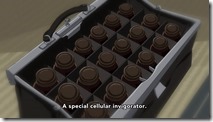 |
 |
 |
 |
 |
 |
 |
 |
 |
 |
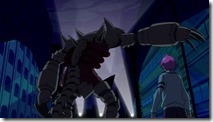 |
 |
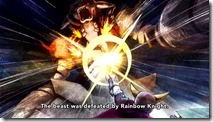 |
 |
 |
 |
 |
 |
 |
 |
 |
 |
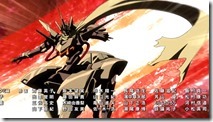 |
 |
 |


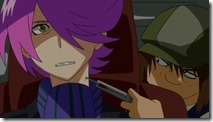
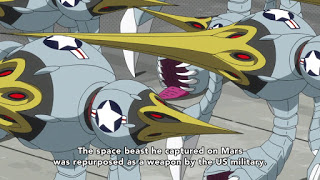
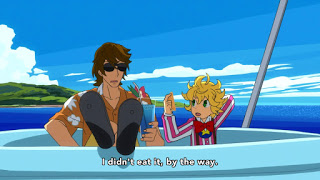
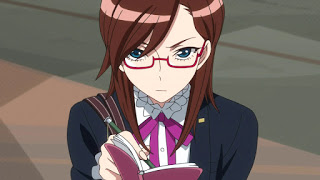
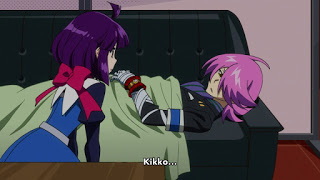
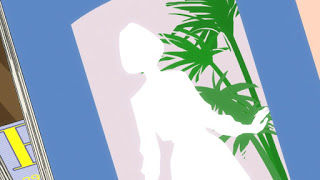
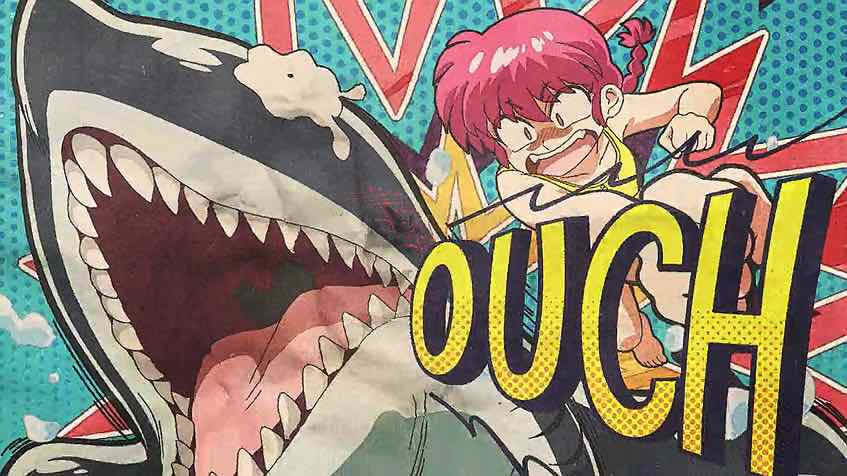
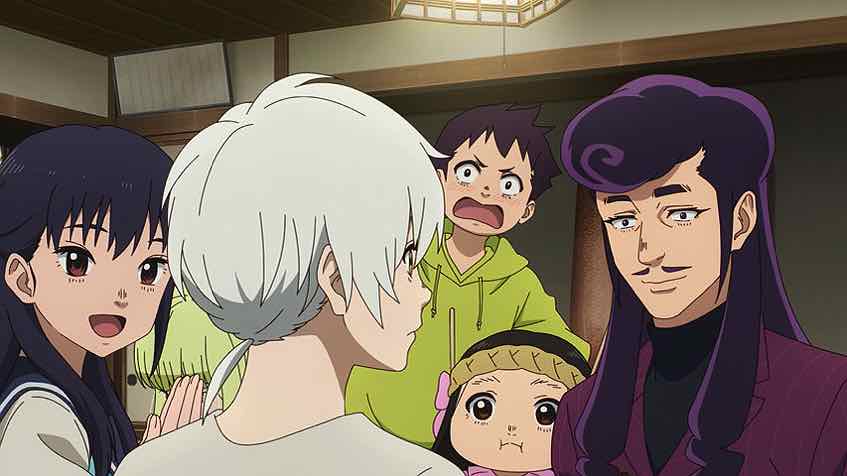
DreamingLily
November 2, 2015 at 6:20 amWhile getting more interesting and entertaining every new episode, the questions seem to keep piling up. I seriously wonder how it's all going to wrap up eventually.
Gary Cochran
November 3, 2015 at 2:21 amOh look another anime that resorts to USA bashing. Go figure…
admin
November 3, 2015 at 2:23 amYeah, but he's bashing everything, pretty much.